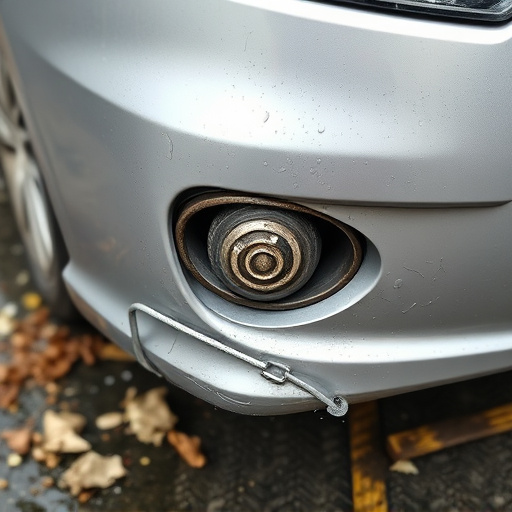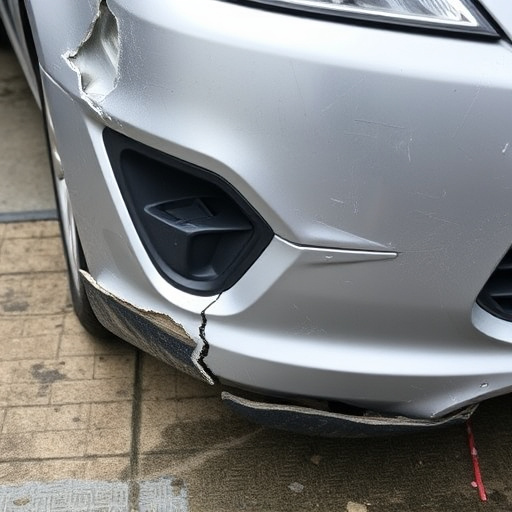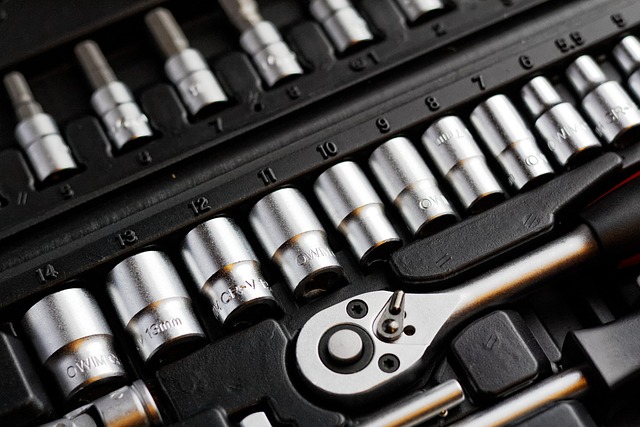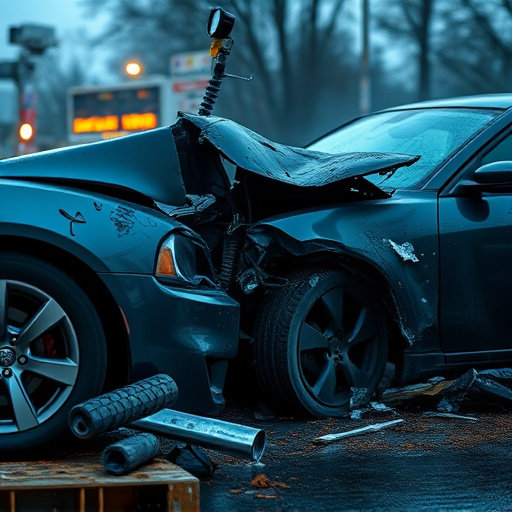Professionals conduct a thorough initial inspection of flood-damaged vehicles, assessing interior and exterior for water damage, corrosion, and electrical issues. Advanced diagnostics test engines, transmissions, and electronics accurately. Post-repair testing ensures vehicle safety by identifying missed issues through rigorous checks on critical systems like brakes and airbags.
In the wake of natural disasters, flood damaged vehicle repair emerges as a critical aspect of community recovery. This article explores the intricate integration between flood damage assessment and advanced electrical diagnostics in restoring vehicles. We delve into the meticulous process of initial inspections to identify hidden water intrusions, followed by cutting-edge electrical testing methods ensuring optimal repairs. Post-repair, comprehensive testing guarantees restored functionality, addressing potential safety hazards associated with flooded vehicles.
- Assessing Flood Damage in Vehicles: Initial Inspection
- Advanced Electrical Diagnostics for Repairs
- Restoring Functionality: Post-Repair Testing and Validation
Assessing Flood Damage in Vehicles: Initial Inspection
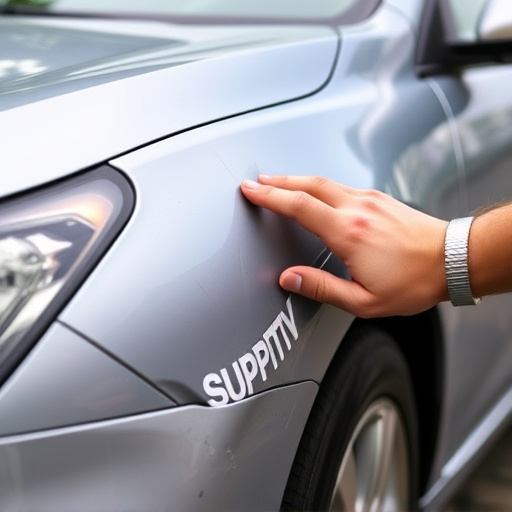
When a vehicle has sustained flood damage, the initial inspection is crucial to understanding the extent of repairs needed. This step involves a thorough assessment by trained professionals who are experienced in flood-damaged vehicle repair. They carefully examine the exterior and interior for any signs of water intrusion, corrosion, or other adverse effects. The process includes checking for dents, rust, mold growth, and damage to electrical components.
During this initial inspection, experts will also test various systems, including the engine, transmission, and electronics. This is where electrical diagnostics play a vital role. Modern vehicles are equipped with complex electrical systems, and advanced diagnostic tools help identify any issues related to sensors, control modules, or wiring. By combining expert visual assessments with state-of-the-art testing, auto repair shops can accurately assess the overall condition of a flood-damaged vehicle, paving the way for effective dent repair and restoration.
Advanced Electrical Diagnostics for Repairs

In the realm of flood damaged vehicle repair, advanced electrical diagnostics play a pivotal role in ensuring comprehensive and precise restoration. Modern collision repair services often incorporate sophisticated tools and technologies to meticulously assess and fix intricate electrical systems affected by flooding. These systems, ranging from sensors and control modules to wiring harnesses, are vulnerable to water intrusion, corrosion, and short circuits during the catastrophic events that lead to vehicle submersion.
Electrical diagnostics offer a detailed glimpse into the complex network of a flood-damaged vehicle, allowing skilled technicians to identify compromised components accurately. This precision is crucial for effective luxury vehicle repair or more general vehicle body repair processes. By pinpointing specific issues, technicians can tailor their efforts, thereby enhancing efficiency and reducing unnecessary repairs. Such targeted approaches not only save time and resources but also contribute to the overall longevity of the vehicle’s electrical systems.
Restoring Functionality: Post-Repair Testing and Validation
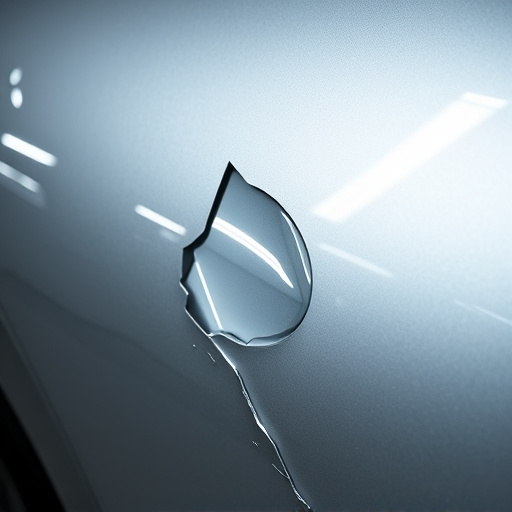
After a flood-damaged vehicle has undergone repairs, including crucial components like engine restoration and water-damaged electrical systems fixed, it’s vital to ensure that all systems function optimally. Post-repair testing and validation are essential steps in this process. Comprehensive diagnostic checks are performed to verify that every system is operating as intended, from the engine’s performance to the electrical circuitry. This involves advanced automotive scanning tools that identify any glitches or anomalies that may have been missed during the initial repair phase.
The process ensures that not only is the vehicle structurally sound and safe to drive but also that its various systems work in harmony. For instance, after a flood, sensors and components like those involved in a vehicle’s braking system or airbag deployment need to be rigorously tested. This meticulous testing phase guarantees that any hidden issues are uncovered and rectified, ensuring customer safety and peace of mind. It’s a critical step in the automotive restoration process, especially for vehicles heavily affected by water damage.
Integrating advanced electrical diagnostics into flood damaged vehicle repair is a game-changer. By meticulously assessing damage, employing sophisticated tools for repairs, and rigorously testing post-restoration, technicians ensure vehicles are safely and fully functional. This enhanced approach not only expedites the recovery process but also safeguards against potential safety hazards, making it an indispensable practice in the automotive industry, especially when dealing with flood-affected cars.
